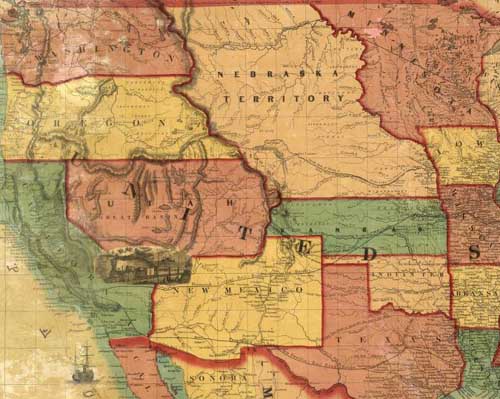Sign up for the Family Tree Newsletter Plus, you’ll receive our 10 Essential Genealogy Research Forms PDF as a special thank you!
Get Your Free Genealogy Forms
"*" indicates required fields
Researching your family history is not nearly as elementary as Sherlock Holmes might make it seem, but that doesn’t mean we can’t tap into our inner private detectives and solve a few family mysteries. Get started with these tips from our week-long workshop, Problem-Solving Bootcamp.
Use Indirect Evidence
When it seems like the records are flowing like wine, it can be a bit of a shock when the well dries up. Just because some records may have been destroyed or never existed doesn’t mean there might not be alternative resources and indirect evidence. Indirect evidence covers all those items that reveal the information you’re seeking, even if no primary record can be located. For example, you might not be able to find a birth record, but you can still determine a year of birth based on other resources, such as the census, marriage or a death record. Gather as many records as you can to support your theory.
Use Historical Maps to Solve Research Problems
Make the Most of Timelines
You can use your genealogy software or timelines generated in your online trees to reveal gaps in your records, but don’t just use the timeline for that individual. Compare timelines between relatives to form new clues where to research and fill in local and global events to see if those inspire new leads. Wars don’t just generate military records; they also create new jobs and community events, which can lead to more clues about your ancestor’s whereabouts. Use seasonal events, such as holidays, to see if there are corresponding records of parades, church services, dances or charity events listed in church bulletins or old newspapers. Often, libraries have a local collection focused on the community’s history.
Think Creatively
- What would a typical day look like for them?
- What route would they take to work or school?
- What songs would they have heard on the radio?
- How and where would they go to socialize?
- Where would they have shopped?
ADVERTISEMENT





